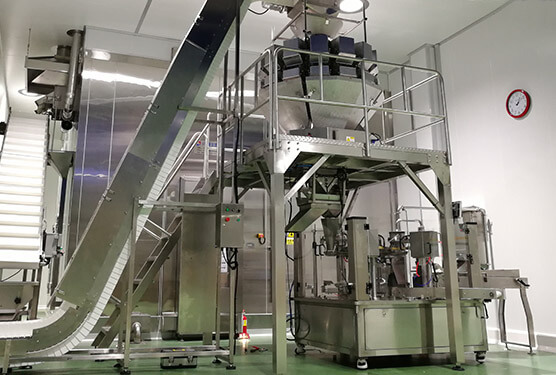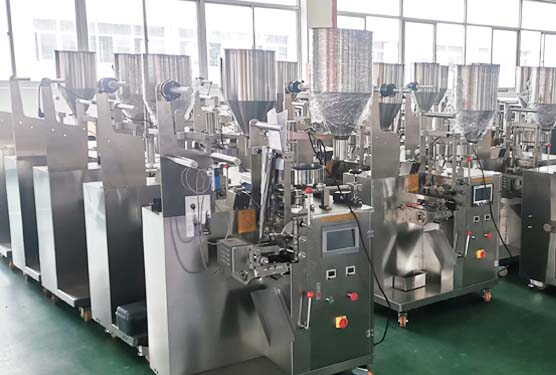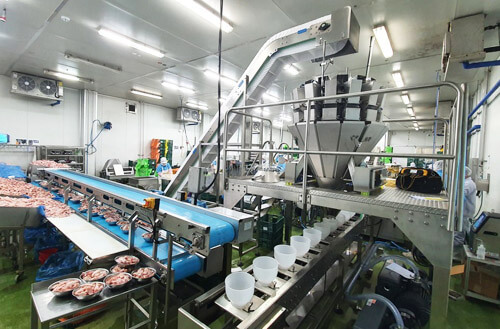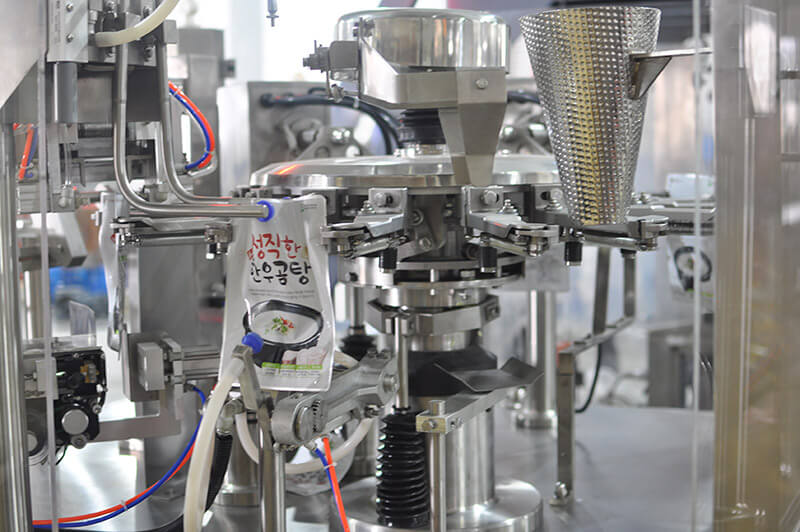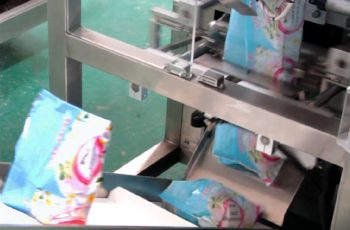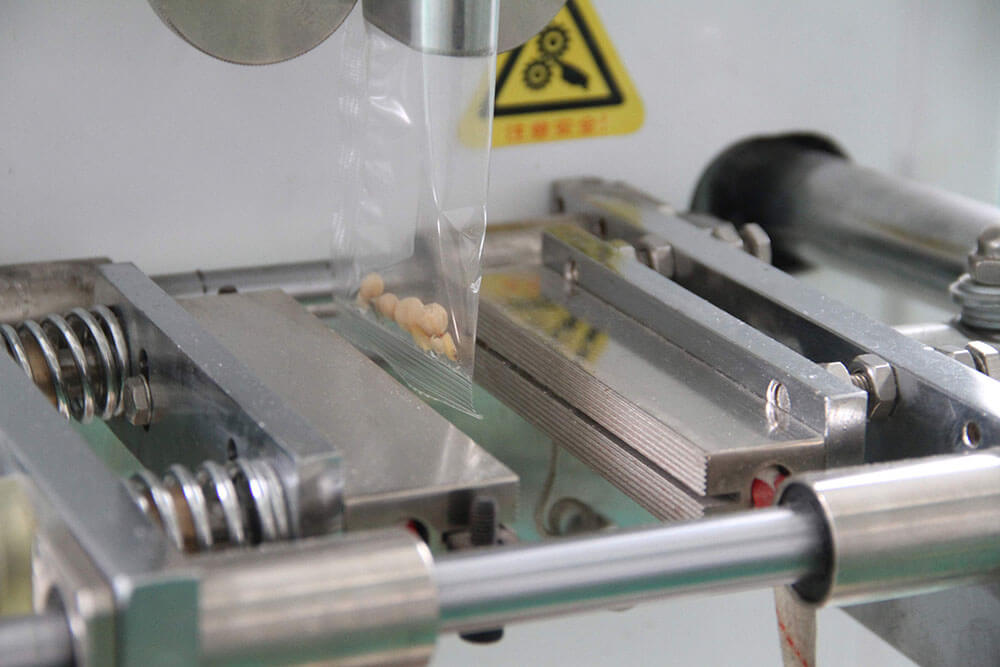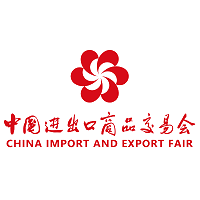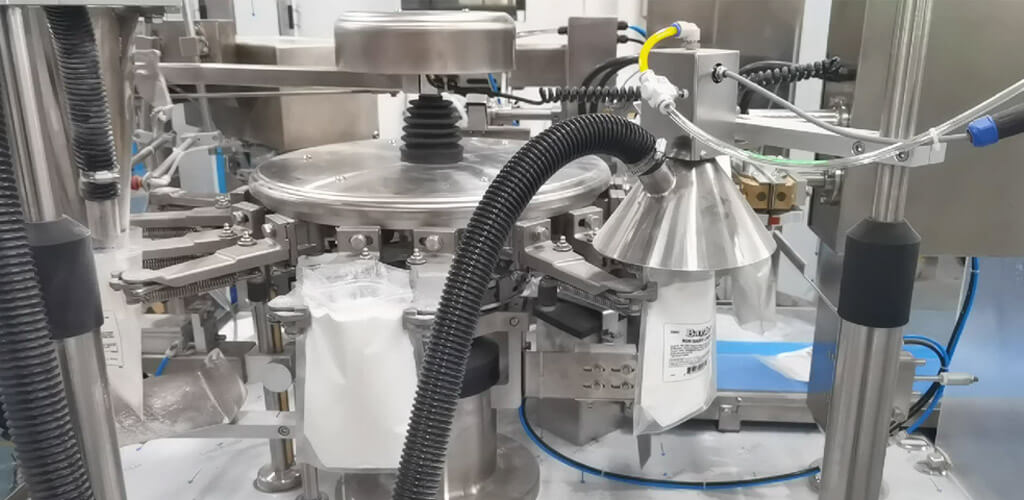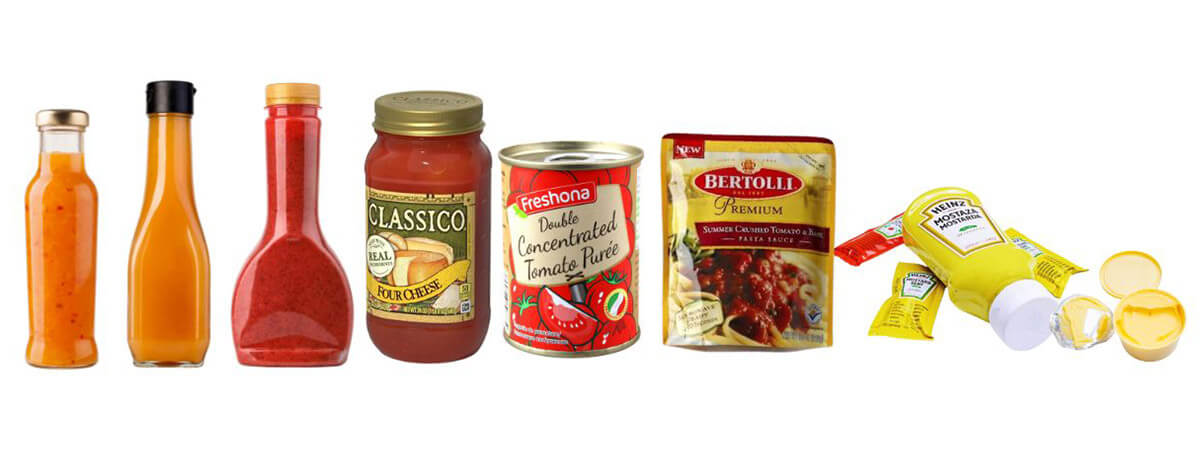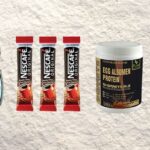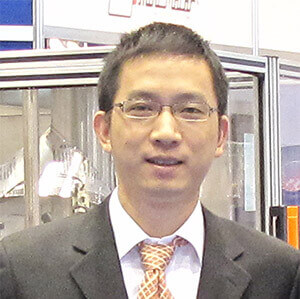Nowadays, powder products can not be separated from powder filling and sealing machines. The powder filling and sealing machines have greatly improved the production efficiency. In your daily life, you would come across a variety of powder products. At this time, you may think about these questions. What kind of filling machine is suitable for which products? How many common sealing methods are there? Next, I will answer for you one by one.
What is Powder Filling and Sealing Machine?
Powder filling and sealing machine is a type of packaging equipment designed to fill and seal the containers with powder products. A powder filling machine is a machine used to meter and dispense powder products into containers (which can be bags, pouches, jars, or bottles). They are widely used in the food, pharmaceutical, and cosmetic industries.
Powder filling machines can effectively fill free-flowing or non-free-flowing powder products. But not all powder filling machines are able to handle both types of powders. It depends on the type of machine. And I will introduce it to you later. Powder filling and sealing machines according to the degree of automation, different metering methods. The operation could be slightly different. But the general principle is basically the same: fill and seal.
Working Principle of Different Powder Filling and Sealing Machines
There are many types of filling machines and many different sealing methods that are classified by the characteristics of your product. And the needs of your own factory also matter. According to these factors, you decide what kind of filling machine and sealing method to use.
The general idea is that powder products are dispensed into packages through different metering methods and then sealed to form a complete individual package. Next, I will talk about the specific filling principle of different filling machines.
According to Different Filling Methods
- Auger Filler: Auger fillers are the most commonly used powder filling machines. One of the most iconic features is its auger. It rotates at a speed you set and can ensure the accuracy and consistency of the filling process. Measuring and dispensing is done by rotating the auger. It is kind of precise. The error is less than one percent. It is suitable for both free and non-free flowing powders. Usually used for ultra-fine powder or dusty bulk dry powder. With the rotation of the agitator blades, non-free flowing powders like milk powders with a certain viscosity will not stick to the walls of the hopper. The rotation of the agitator blades is in the opposite direction of the rotation of the auger.
- Vacuum Fillers: Powder vacuum filling machines use the principle of generating vacuum to fill powder products into containers efficiently, accurately and without contamination. Suitable for fine, dry powders. Vacuum filling is undoubtedly a very effective filling method for non-free-flowing powders. It is ideally suited for products with a delicate consistency such as milk powder or flour. It is widely used in food and pharmaceutical industries.
- Volumetric Cup Fillers: Volumetric cup fillers use pre-set cup volumes to dispense the exact amount of powder with high accuracy. Due to its filling characteristics, it is suitable for powder products with good flowability and less dust. If non-free-flowing powders are encountered, such as milk powder. They may stick to the machine that affects the filling speed and lead to errors in metering. Powders perform best when they are consistent in texture, density or granularity.
- Vibratory Filling Machines: Vibratory filling machines use vibration to direct the powders into the containers. Very suitable for powders with poor flowability or those with high viscosity.
- Net Weight Fillers: Net Weight Fillers are known for their high accuracy. It can handle many types and densities of powders. According to a pre-set weight value, it measures and dispenses the powders accurately to the container. During this process, the machine needs to constantly monitor and adjust the filling speed to reach a predetermined value to ensure the filling accuracy. However, this also results in slower filling speeds for net weight filling machines.
According to Production Line Layout
- Rotary Fillers: The rotary filling machine has a circular rotating platform with multiple filling heads. Containers go under the filling station in a loop. The rotary filling motion allows for increased filling efficiency. Reducing the downtime and the process may be run continuously. Suitable for high-speed production. In addition, the machine can be equipped with various filling mechanisms, like auger fillers.
- Inline Fillers: Inline fillers arrange and move containers in a straight line. The move of containers presents a linear layout under the filling heads. Inline fillers can employ various filling methods too.
According to the Automation Degree of Filling and Sealing Machine
- Automatic Powder Filling and Sealing Machines: These machines perform the filling and sealing process automatically with minimal human intervention. You only need to set the parameters through the filling machine’s control panel and the sealing machine’s control panel. And the machine will automatically perform the filling and senses when the amount of filling reaches the amount you need. It then enters the sealing area via a conveyor belt for sealing. The sealing is automatic too. The automatic filling and sealing machines greatly liberates the labor force, reduces certain labor costs and is suitable for high-speed production.
- Semi-Automatic Powder Filling and Sealing Machines: If you are using a semi-automatic powder filling machine. Then the operator needs to manually place each container to be filled under the machine’s filling head and initiate the filling process with a finger or foot switch. Semi-automatic powder filling machines work on a similar principle. The operator needs to manually place each filled container into the machine to seal it and then remove it by hand. These machines use a finger or foot switch to initiate the sealing process.
- Manual Powder Filling and Sealing Machines: The manual powder filling and sealing machines do not require a power source. The operators need to perform various operations manually. Manual powder filling and sealing machines are usually used in small-scale production.
Types of Sealing Methods
- Heat Sealing: Heat sealing seals materials by heat and pressure and requires precise control of pressure, temperature, dwell time and cooling time. If you control these factors well, you will get a strong sealing.
- Adhesive Sealing: Adhesive sealing uses adhesives to seal materials. Adhesives are applied to the packages before being activated. They have many types, like pressure sensitive adhesives and water based adhesives.
- Ultrasonic Sealing: Ultrasonic sealing uses high-frequency ultrasonic vibrations to seal the materials. These high-frequency vibrations generate localized heat due to the friction between the molecules in the materials. Melts the surfaces and creates a seal. The sealing process of ultrasonic sealing is very fast.
- Mechanical Sealing: Packaging materials are sealed using mechanical force and pressure by folding, crimping or rolling.
Fine-Tuning Machine Settings
Fine-Tuning Machine Settings of Filling Machines
- Vibration Settings: Vibration helps the powdered product to enter the container evenly and reduces the occurrence of air pockets. Its effect is clearly felt when handling sticky powders. By adjusting the intensity and duration of vibration to make it more effective. Excessive vibration may result in compaction of the powder, affecting filling accuracy. While insufficient vibration may result in uneven filling. Therefore, it is necessary to adjust the intensity and duration of vibration appropriately.
- Depth of Fill Cups: Powder products from different batches may have density variations that affect the filling weight. The filling cups have different depth settings. And these density variations can be compensated for by fine-tuning the depth of the filling cups to ensure the consistent weight in each fill. In line with the standard for batch filling weight uniformity.
- Auger Speed Adjustment: Auger speed adjustment is also critical for filling. Too high a auger speed may result in overfilling and too low a speed may result in underfilling. For fine, free-flowing powders, lower speeds will prevent the machine from overfilling. For coarser and denser materials, greater speeds may be required to optimize filling.
Fine-Tuning Machine Settings of Sealing Machines
- Temperature: You need to adjust the sealing temperature according to the nature of different materials. Like plastic and foil. Too high a temperature can lead to damage to the package and too low a temperature can lead to a weak seal.
- Pressure: Adjust the pressure according to the material’s nature. Higher pressure may be needed for thicker or more rigid materials. While lower pressure is sufficient for thinner or more flexible materials.
- Dwell Time: Dwell time is a key part in heat sealing. The length of dwell time depends on the type of packaging material and the type of heat sealing machine. If the dwell time is not enough, the material may not melt completely. Lead to a weak or uneven sealing. If the dwell time is excessive, the material may over-melt.
- Cooling Time: The material needs time to cool down to solidify the bond between the materials. Insufficient cooling time can lead to weak seals. While excessive cooling time can slow down the production.
Properties of Powders
Flowability
Free-flowing powders usually have uniform particles that easily flow under gravity. Like granulated sugar and salt. These powders do not clump together or stick to surfaces. Making them relatively easy to handle.
Non-free-flowing powders are often finer and sticky. More likely to clump or adhere to surfaces. These powders have poor flowability and may cause blockages or inconsistent flow during filling. They are usually handled by vacuum or specialized vibratory fillers.
Granularity
Coarse granular products, such as salt and granulated sugar. Can be satisfied with an ordinary auger filler. Finely powdered products such as flour and talcum powder. They are easily dispersed into the air and prone to absorb moisture. So they need a high-precision auger filler with dust control features.
Cohesiveness
Powders like protein powders and milk powders are easy to clump. Making the flowability poor. So the fillers with agitators are necessary for them. And you need to control the ambient humidity. High humidity makes them easier to clump.
Conclusion
The questions in your mind about powder filling and sealing machines must have been answered. I have described how each type of powder filling machines work and some of the common sealing methods. If you need to fill and seal your powder products. You need to consider which filling and sealing machine is more suitable. And which settings can be adjusted to better fill your products. Then this article will give you some useful advice.

